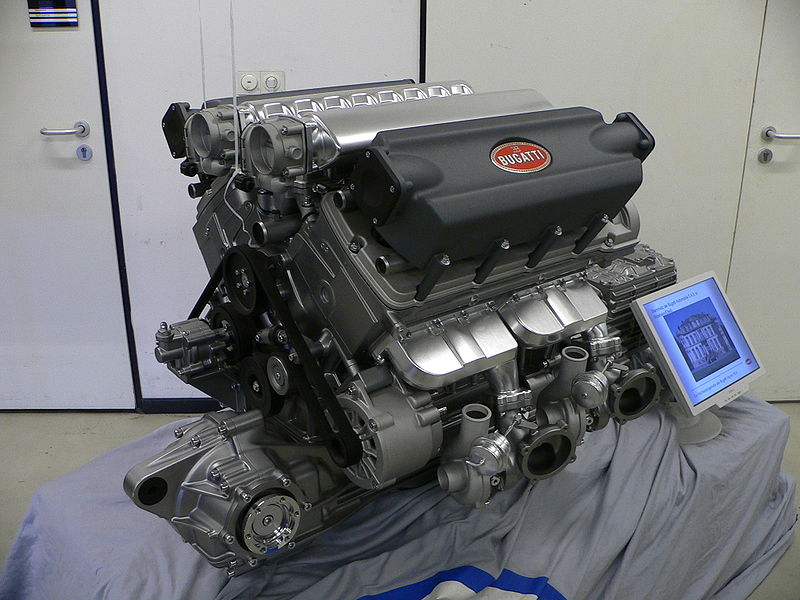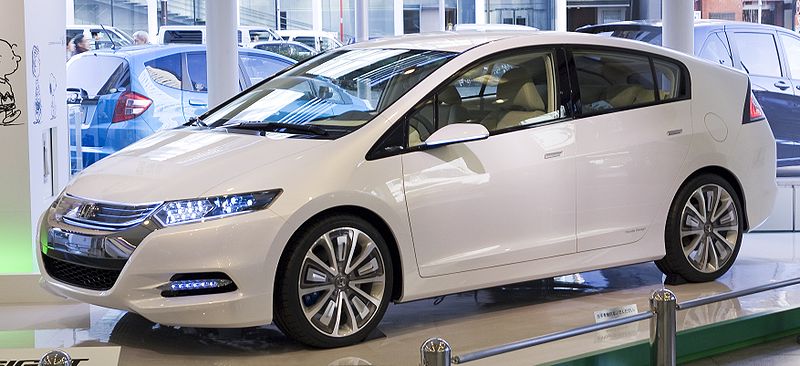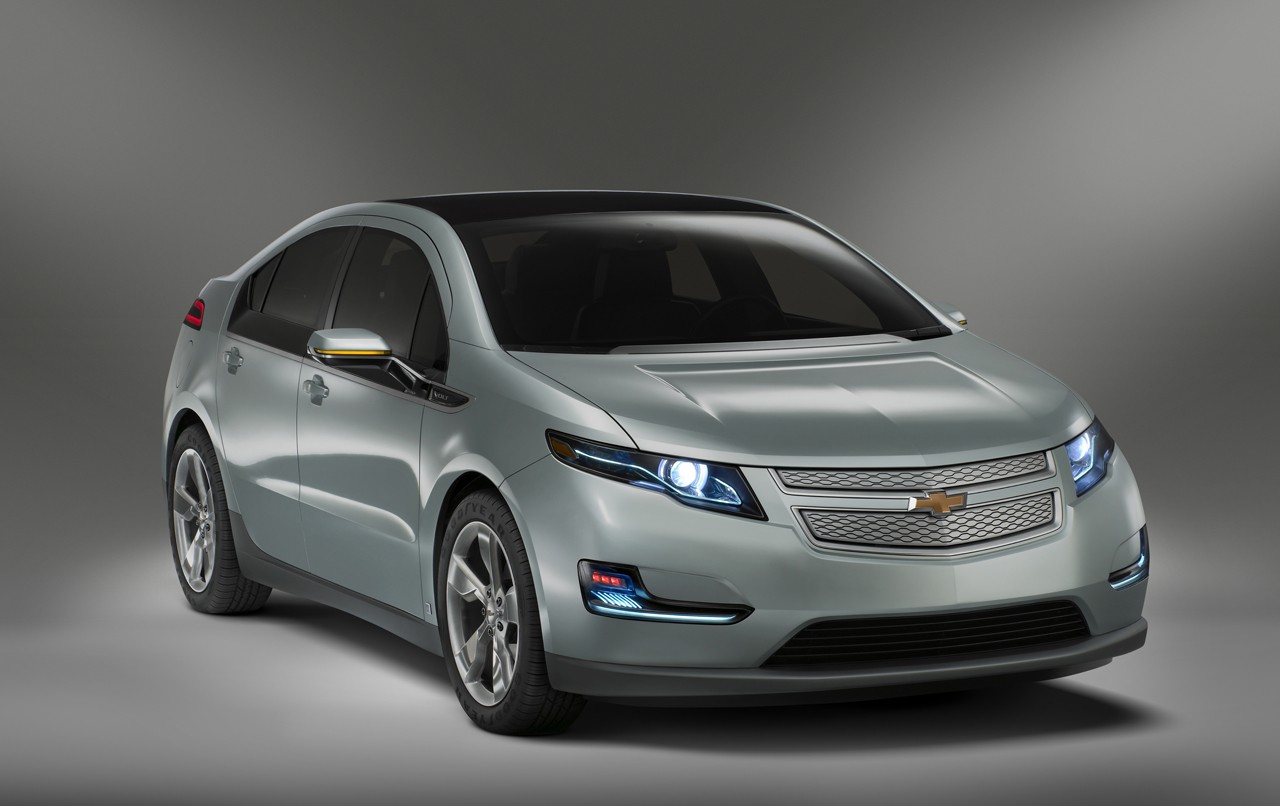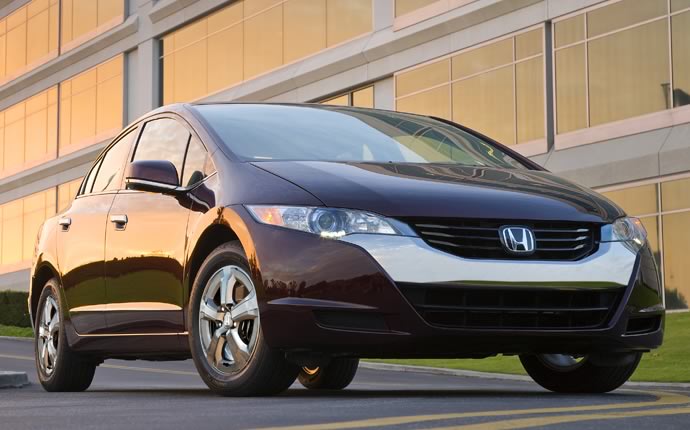Engine Types
| Home | Country Cars | Fastest Cars | Car Classification | Engine Types |
|---|
A petrol engine (known as a gasoline engine in North America) is an internal combustion engine with spark-ignition, designed to run on petrol (gasoline) and similar volatile fuels. It differs from a diesel engine in the method of mixing the fuel and air, and in the fact that it uses spark plugs to initiate the combustion process. In a diesel engine, only air is compressed (and therefore heated), and the fuel is injected into the now very hot air at the end of the compression stroke, and self-ignites. In a petrol engine, the fuel and air are usually pre-mixed before compression (although some modern petrol engines now use cylinder-direct petrol injection). The pre-mixing was formerly done in a carburetor, but now (except in the smallest engines) it is done by electronically controlled fuel injection. Petrol engines run at higher speeds than Diesels partially due to their lighter pistons, conrods & crankshaft (as a result of lower compression ratios) & due to petrol burning faster than diesel. However the lower compression ratios of a petrol engine gives a lower efficiency than a diesel engine

A diesel engine (also known as a compression-ignition engine and sometimes capitalized as Diesel engine) is an internal combustion engine that uses the heat of compression to initiate ignition to burn the fuel, which is injected into the combustion chamber during the final stage of compression. This is in contrast to spark-ignition engines such as a petrol engine (gasoline engine) or gas engine (using a gaseous fuel as opposed to gasoline), which uses a spark plug to ignite an air-fuel mixture. The diesel engine is modeled on the Diesel cycle. The engine and thermodynamic cycle were both developed by Rudolf Diesel in 1897. The diesel engine has the highest thermal efficiency of any regular internal or external combustion engine due to its very high compression ratio. Low-speed diesel engines (as used in ships and other applications where overall engine weight is relatively unimportant) often have a thermal efficiency which exceeds 50 percent. Diesel engines are manufactured in two stroke and four stroke versions. They were originally used as a more efficient replacement for stationary steam engines. Since the 1910s they have been used in submarines and ships. Use in locomotives, large trucks and electric generating plants followed later. In the 1930s, they slowly began to be used in a few automobiles. Since the 1970s, the use of diesel engines in larger on-road and off-road vehicles in the USA increased. As of 2007, about 50 percent of all new car sales in Europe are diesel. The world's largest diesel engine is currently a Wärtsilä marine diesel of about 80 MW output
A hybrid vehicle is a vehicle that uses two or more distinct power sources to move the vehicle. The term most commonly refers to hybrid electric vehicles (HEVs), which combine an internal combustion engine and one or more electric motors

An electric car is a plug-in battery powered automobile which is propelled by electric motor(s). Electric cars have the potential of significantly reducing city pollution by having zero tail pipe emissions. Vehicle greenhouse gas savings depend on how the electricity is generated. With the current U.S. energy mix, using an electric car would result in a 30% reduction in carbon dioxide emissions. Given the current energy mixes in other countries, it has been predicted that such emissions would decrease by 40% in the UK, 19% in China, and as little as 1% in Germany. Electric cars are expected to have a major impact in the auto industry given advantages in city pollution, less dependence on oil, and expected rise in gasoline prices. World governments are pledging billions to fund development of electric vehicles and their components. The U.S. has pledged US$2.4 billion in federal grants for electric cars and batteries. China has announced it will provide US$15 billion to initiate an electric car industry. Nissan CEO Carlos Ghosn has predicted that one in 10 cars globally will run on battery power alone by 2020. Additionally a recent report claims that by 2020 electric cars and other green cars will take a third of the total of global car sales

A hydrogen vehicle is an alternative fuel vehicle that uses hydrogen as its onboard fuel for motive power. The term may refer to a personal transportation vehicle, such as an automobile, or any other vehicle that uses hydrogen in a similar fashion, such as an aircraft. The power plants of such vehicles convert the chemical energy of hydrogen to mechanical energy either by burning hydrogen in an internal combustion engine, or by reacting hydrogen with oxygen in a fuel cell to run electric motors. Widespread use of hydrogen for fueling transportation is a key element of a proposed hydrogen economy. Hydrogen fuel does not occur naturally on Earth and thus is not an energy source, but is an energy carrier. Currently it is most frequently made from methane or other fossil fuels. However, it can be produced from a wide range of sources (such as wind, solar, or nuclear) that are intermittent, too diffuse or too cumbersome to directly propel vehicles. Integrated wind-to-hydrogen plants, using electrolysis of water, are exploring technologies to deliver costs low enough, and quantities great enough, to compete with traditional energy sources. Many companies are working to develop technologies that might efficiently exploit the potential of hydrogen energy for mobile uses. The attraction of using hydrogen as an energy currency is that, if hydrogen is prepared without using fossil fuel inputs, vehicle propulsion would not contribute to carbon dioxide emissions. The drawbacks of hydrogen use are low energy content per unit volume, high tankage weights, the storage, transportation and filling of gaseous or liquid hydrogen in vehicles, the large investment in infrastructure that would be required to fuel vehicles, and the inefficiency of production processes.
